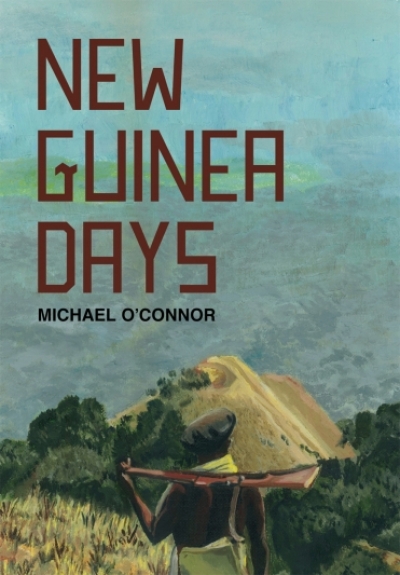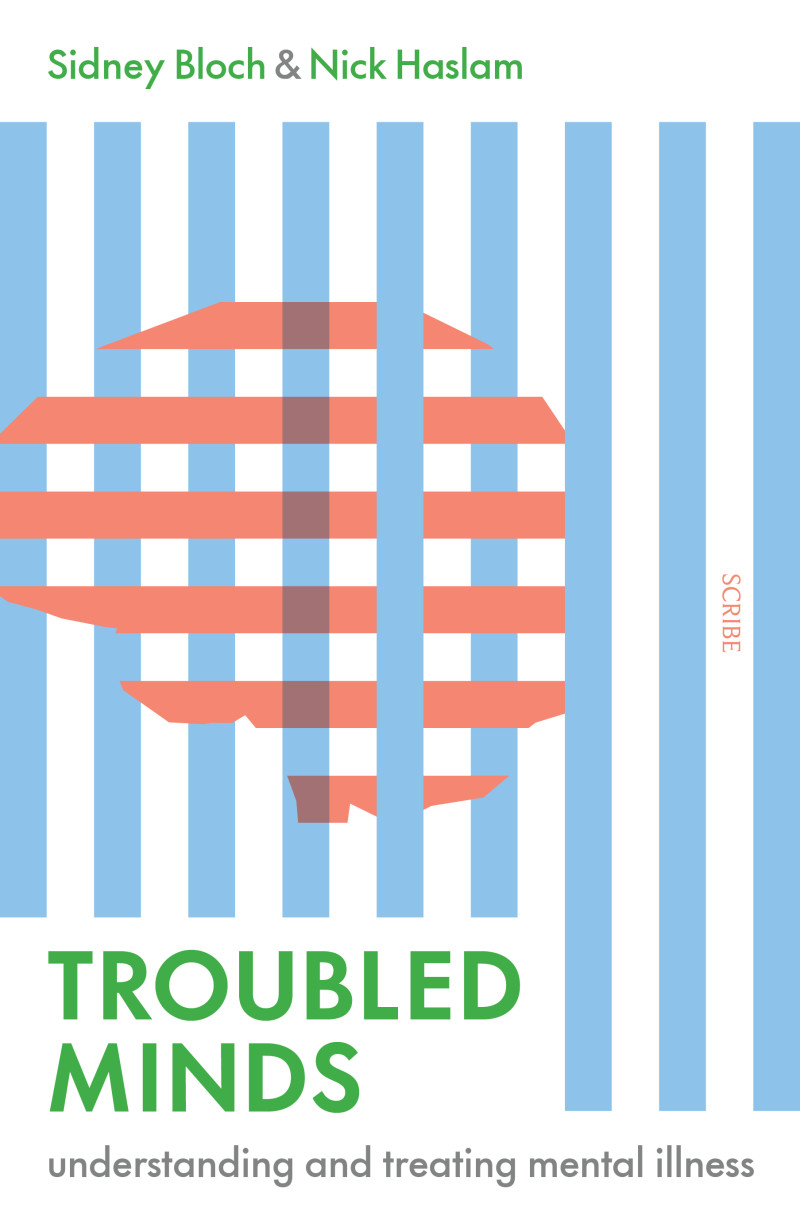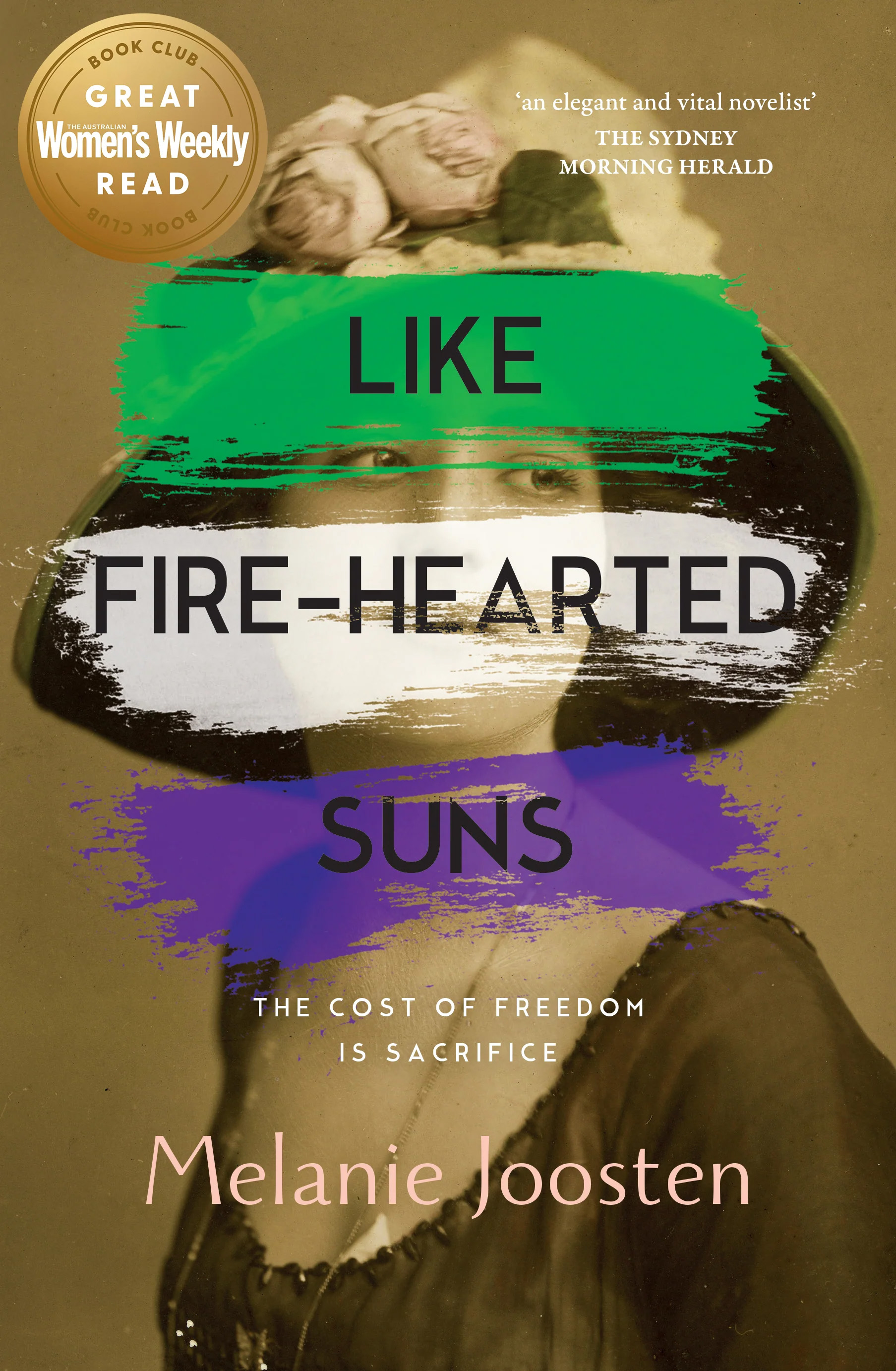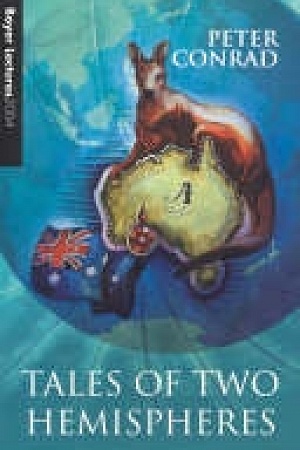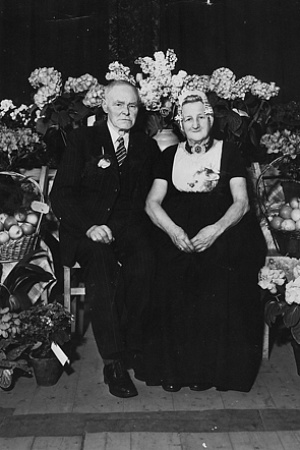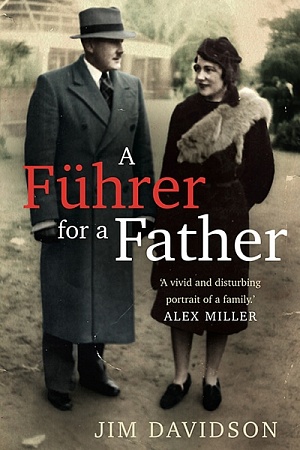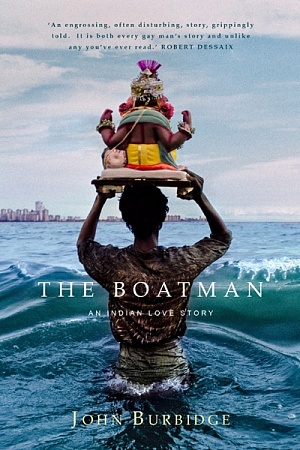New Guinea Days
Australian Scholarly Publishing, $39.95 pb, 165 pp
Lessons without words
In the literature of Australia, our vast and mysterious nearest neighbour – now Papua New Guinea – has had a more significant place than is usually recognised. It was in this country that James McAuley saw war service and later converted to Catholicism. About New Guinea he wrote some of his most beautiful poetry, as when he summoned a bird of paradise to ‘[leave] your fragrant rest on the summit of morning calm’. Numerous novels – sagas of Japs and the Jungle – issued from their authors’ wartime experiences, among them Tom Hungerford’s The Ridge and the River (1952) and David Forrest’s The Last Blue Sea (1990).
To the literature by war correspondents in this theatre George Johnston contributed New Guinea Diary and Kenneth Slessor ‘New Guinea: The Twilight War’ (both 1943). Randolph Stow drew on his time as a patrol officer in New Guinea for his novel Visitants (1979). Trevor Shearston was a teacher in New Guinea, and at Mount Hagen in 1977 he saw the Australian flag lowered for the last time. Two of his novels are set there, Sticks That Kill (1983) and Dead Birds (2007), the latter narrated by a severed head.
Continue reading for only $10 per month. Subscribe and gain full access to Australian Book Review. Already a subscriber? Sign in. If you need assistance, feel free to contact us.

